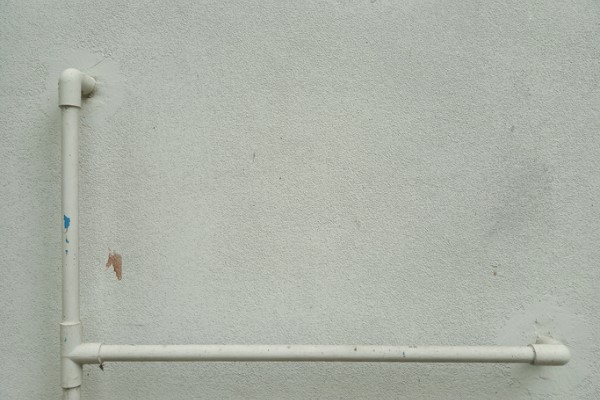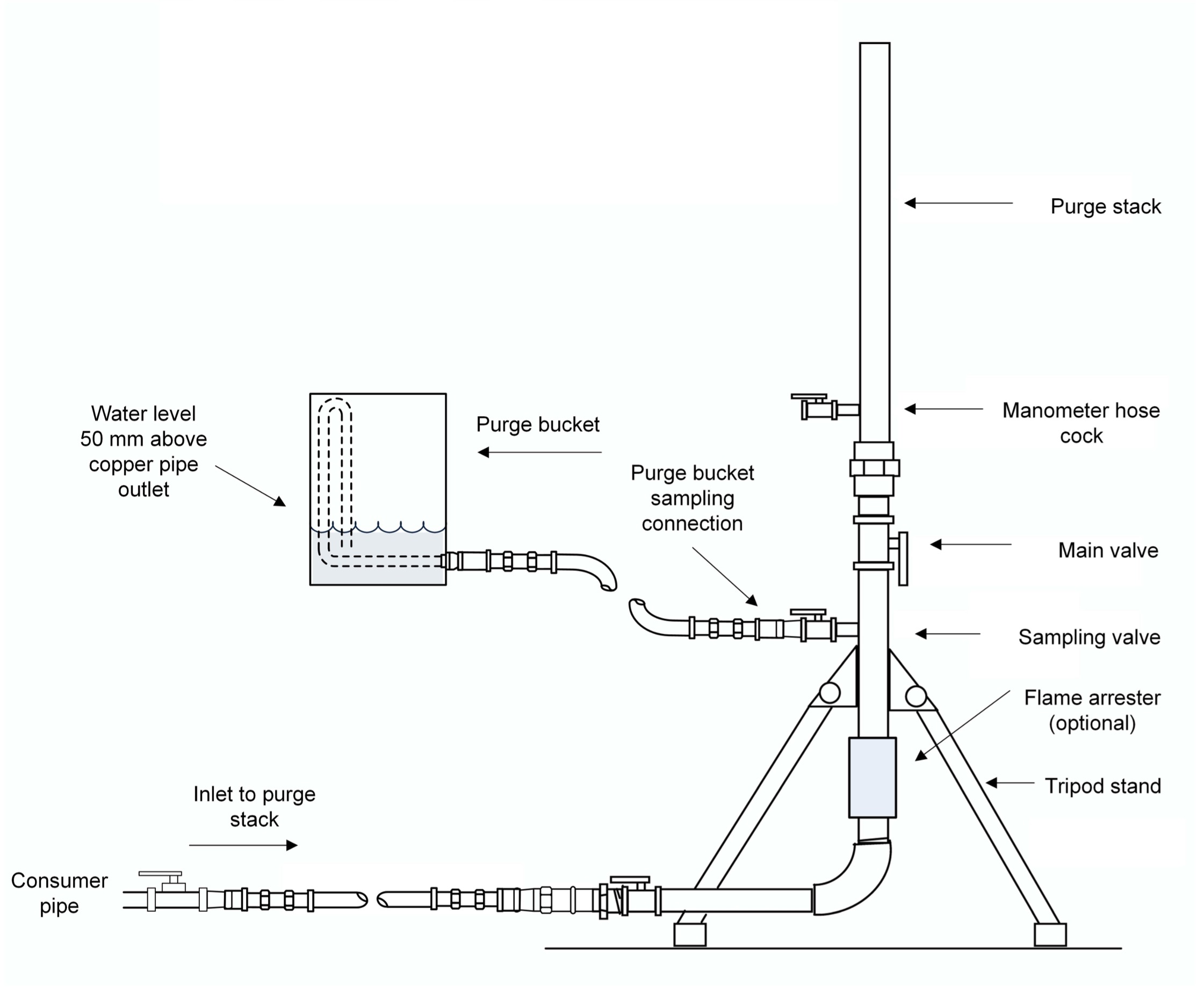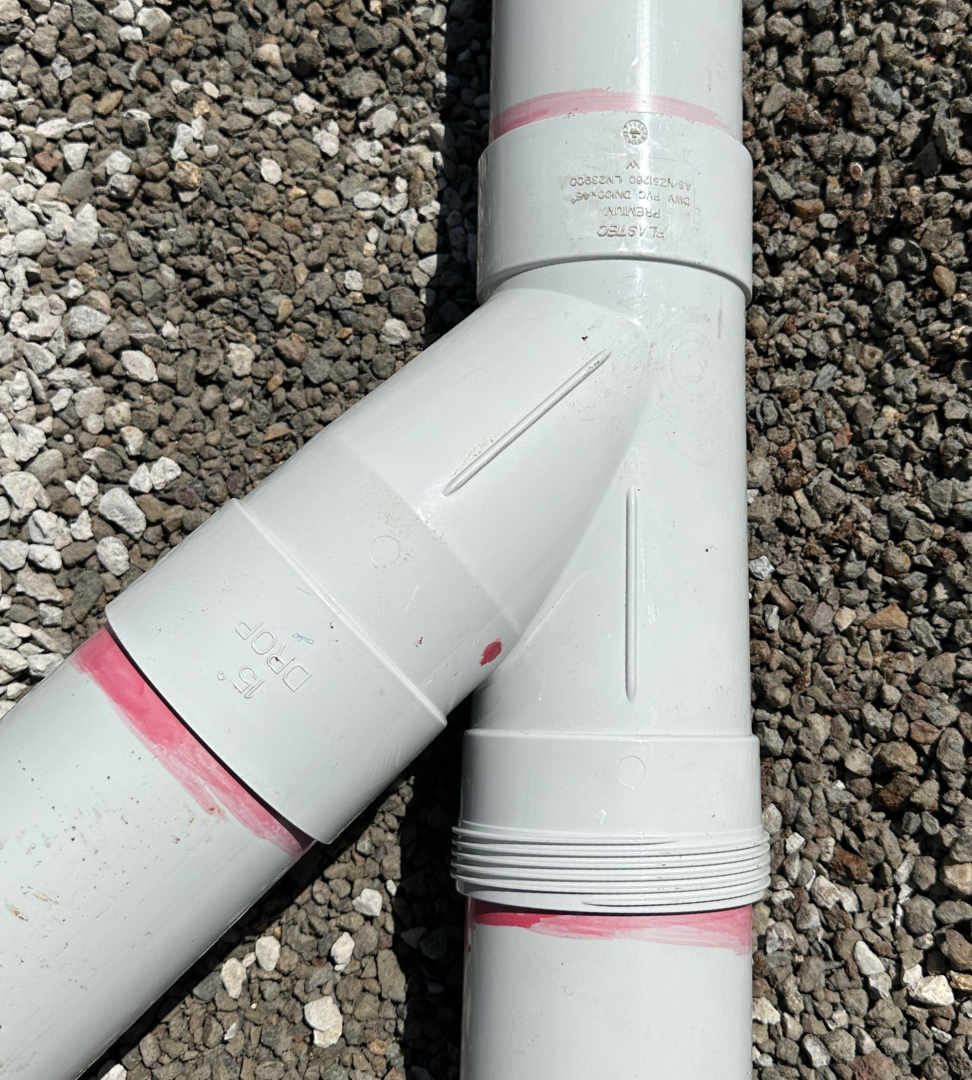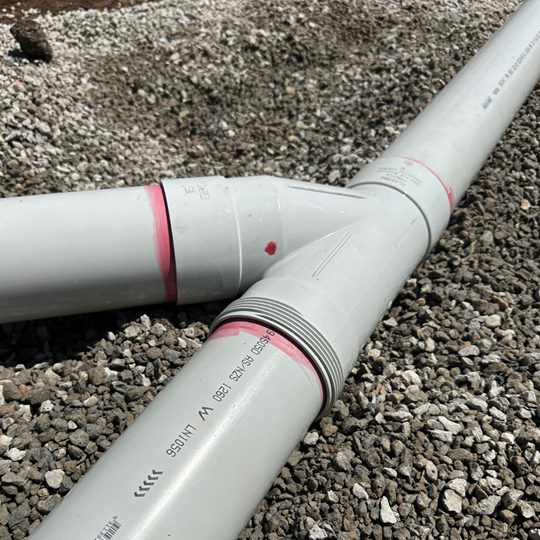Don’t get ‘stranded’: Changing installer practices for drain lines
A previously little-known issue in the plumbing industry – ‘stranding’ – has become the source of a major shift in the requirements for laying drains. Dr Greg Morwood and Chris Ferguson from Plastec outline a solution.
Stranding is the name for when residue from the waste system gets stuck or ‘stranded’ on the inside of the pipe due to a lack of volume of water to flush it away. Further residue then builds up and causes blockages of the drain.
Back in 2010, two giants of the plumbing industry, Jeff Clark and Steve Cummings, published a report under the ASFLOW committee on the effect of water-efficient appliances and greywater reuse on the drainage system. There were serious concerns that the water-saving technologies would result in problems with the proper transport of paper waste and solids out of the building. Two situations where there are flows of waste media were tested: 90° swept junctions coming in vertically and 45° junctions coming in on their side. In both cases, flows were considerably reduced using these configurations. As a result of this work, changes were made to all branch junctions in new installations, and further refined in the 2021 edition of AS/NZS3500. See Figure 1.
What has changed?
AS/NZS 3500.2 Clause 4.9.1.2 was updated such that branch lines coming into the main drain must be installed with a minimum 15° incline to ensure they are higher than the main sanitary line. This means that the 45° junction has to be laid at 15° and a 45° MF bend has to be installed, and another 15° MF bend is installed to bring the drain back to grade. The VBA recently released an information campaign to explain to plumbers what the new regulations require.
What this change does is prevent waste moving down the main line from back-washing up the branch, or even up multiple branches. The 15° drop significantly increases the flow rate, preventing waste and solids stranding in the main line. In the past there has been enough water flow to accommodate the sloshing motion within the drain. This is no longer the case, as we are using less water due to the use of low-flush WCs, waterless urinals, and efficient WELS-rated tapware.
Alternative solution
Plastec Australia has developed and patented an innovative solution to this installation issue with their new Jumpdown Junction (See Figure 2), a fitting which has the 15° fall and the drop from the branch to the main line incorporated into it. The junction has markings on it which allow the correct 15° orientation to be visually confirmed as installed correctly. The junction comes in left or right configurations.
Plumbers and drainlayers across the nation have adopted differing methods in attempting to comply, so it’s no surprise these new junctions have been enthusiastically received by industry, in particular plumbing regulators looking to guide installers. During installation, these new Jumpdown Junctions (See Figures 3 & 4) take out the guesswork and remove the need to solvent-weld multiple fittings.





